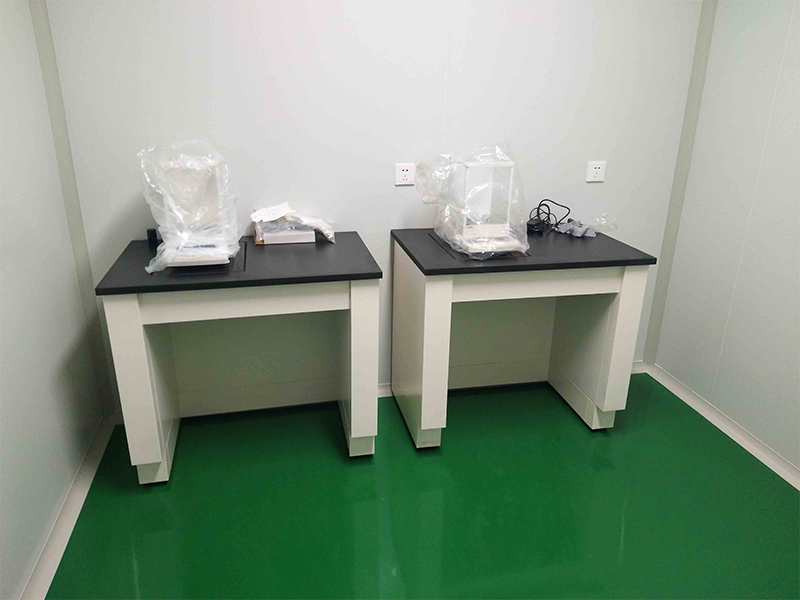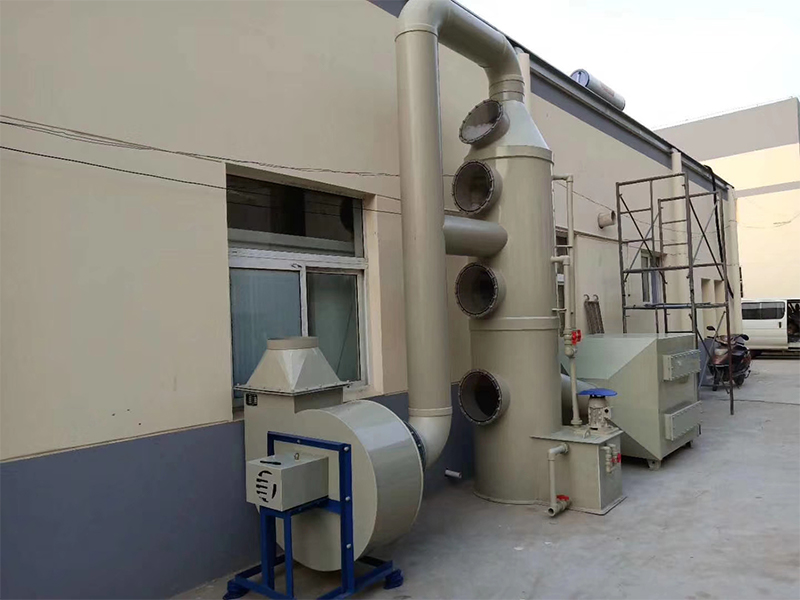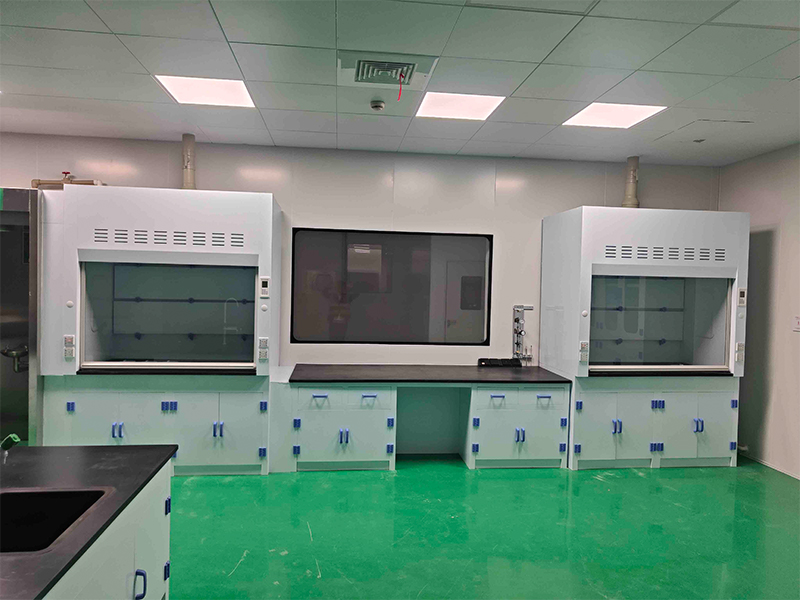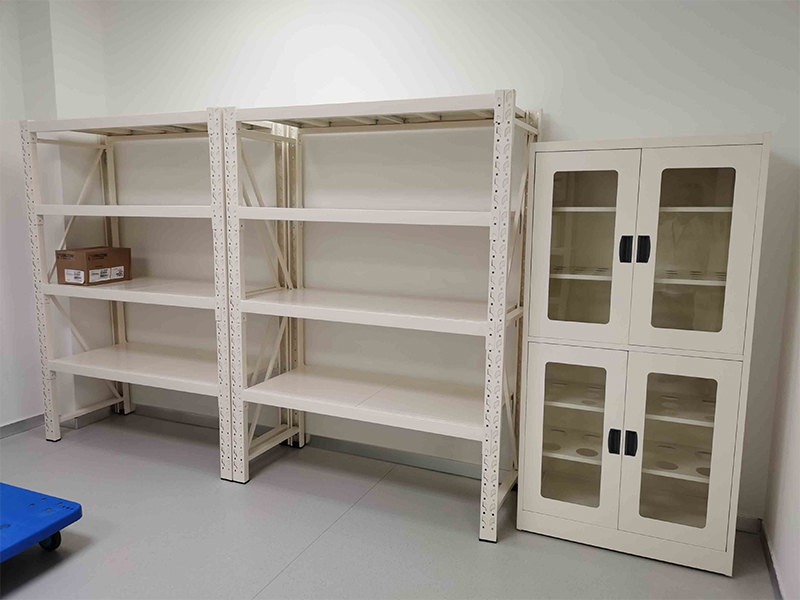Let’s be real—if your lab’s storage game is weak, you’re just asking for broken glass and chaos. Glassware cabinets? Non-negotiable. But here’s the thing: not all cabinets are created equal. The material you pick is a big deal. We’re talking about holding up under heavy loads, laughing in the face of chemicals, and not rusting out after a few months in the trenches.
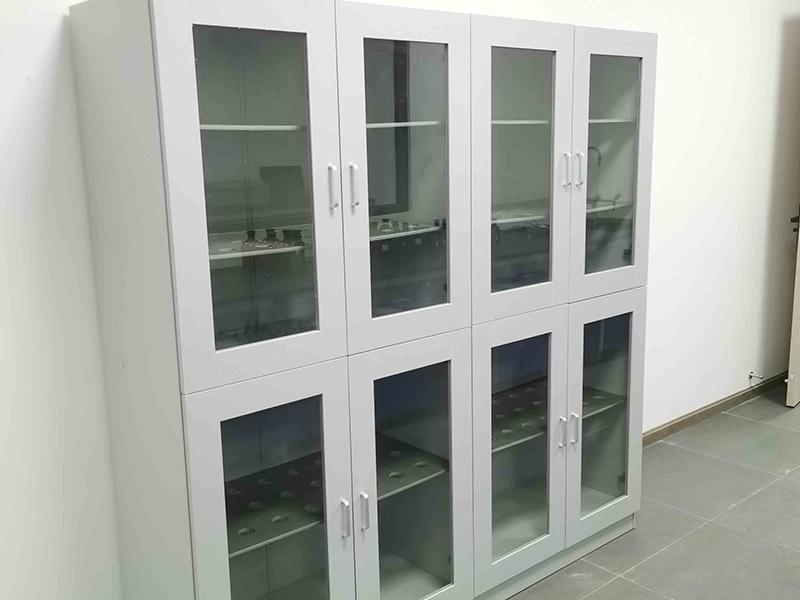
Most folks go with classic steel, powder-coated steel, fiberglass, or maybe the fancy stainless steel if you’re rolling in grant money. Powder-coated steel is pretty tough—takes a hit, shrugs off a spill, and doesn’t corrode easily. Stainless steel? That’s your MVP in the chemistry lab, where stuff literally eats through weaker materials. Fiberglass is solid too, but not everyone’s first pick.
And don’t sleep on the doors. Tempered glass is the move—it doesn’t shatter at the drop of a pipette, and you can actually see what’s inside, so you’re not playing hide-and-seek with your equipment every morning. Plus, peeking through the glass makes life way easier when you’re doing inventory or just looking for that one elusive flask.
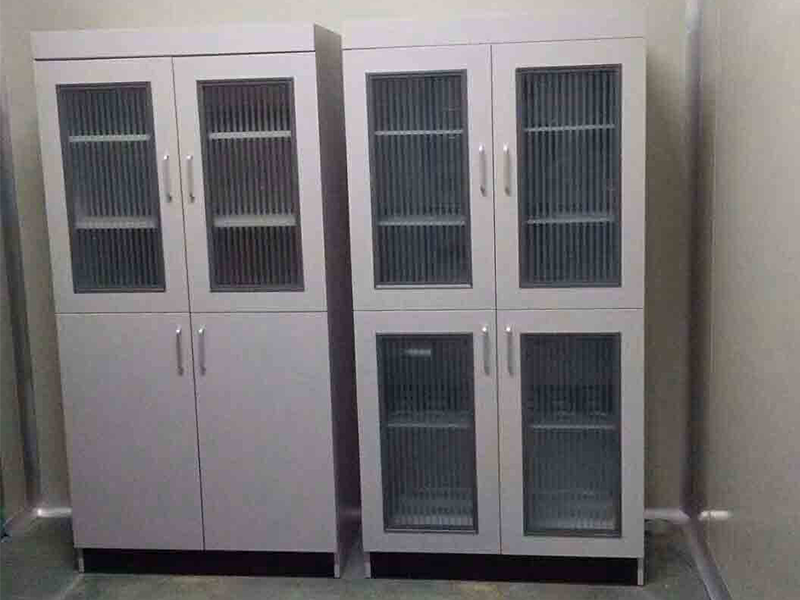
Design isn’t just about looking cool—it matters for how much stuff you can cram in there without everything turning into a Jenga tower. Shelves should be spaced out enough for your tallest glassware, and don’t forget ventilation. No one wants moldy flasks or that weird funk from trapped moisture.
Maintenance? Yeah, you gotta do it. Don’t treat your cabinet like a junk drawer. Wipe up spills, don’t overload the shelves (gravity is unforgiving), and keep the doors shut unless you’re grabbing something. Simple stuff, but it’ll keep your gear safe and the cabinet from falling apart.
End of the day, a solid glassware cabinet is more than just a place to hide your lab mess. Pick the right one, and you’ll save yourself headaches, broken glass, and maybe even a few bucks. Invest in quality now, and your future self will thank you—trust me.

